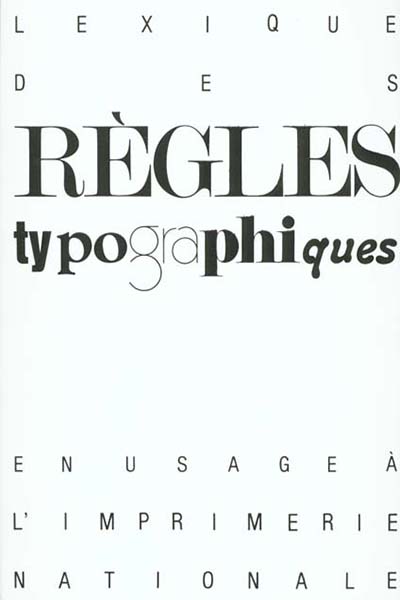 A bit about French accents
A bit about French accents Acute, circumflex or grave?
The usage of accent marks, which arose during the Renaissance to improve and distinguish the French language, have been quite controversial among French speakers. These days, it's not their use that is hotly debated… rather, it’s the fear that they might disappear.
Changing the meaning with one tiny mark
By writing an accent on the wrong letter, or even by omitting it, you could well change the course of a story. It's logical (though illegal) that a "voleur vole" (a thief steals). However, an acute accent changes it all! To say "Voleur volé" means that the thief ends up robbed. The story becomes much more elaborate: our thief steals... but is himself robbed in return. One acute accent is enough to change the fate of the “voleur.”
As you can see, in French, accents are not simply accessories. In the previous example, the accent changes the pronunciation of a vowel. But the acute accent is the only one that is limited to this phonetic function. Grave and circumflex accents have a second use: they help distinguish the meaning of written words that are pronounced identically, such as "ou" (or) and “où” (where).
AN INVENTION THAT DATES BACK TO THE RENAISSANCE
The three accents gradually appeared in French when Latin characters seemed insufficient to transcribe the diversity of French sounds. Publisher-printers from the Renaissance thus decided to use diacritical marks that modify the pronunciation of a preceding vowel. This phonetic variation was a big step away from Latin, which does not have any diacritical marks. The first to appear was the acute accent, which was at first limited to appear only on the last letter of a word. Gradually, the usage of the grave and circumflex accents spread, bringing us to the French we know today.
The result of these changes was immense for those who were used to reading and writing in unaccented French. For example, "eschole" (school) and "estre" (to be) became "école" and "être", respectively. The hat of the circumflex did away with the need for vowel repetition (such as "âge" that was written as "aage"), and the grave eats up double consonants (for example, "fidelle" became "fidèle" (faithful) and "secrette" became "secrète" (secret).
WHEN WORDS RAISE ARGUMENTS
However, this change didn’t suit everybody. During the first half of the 17th century, their usage became much less widespread than it was few decades before. As is the stereotype, the French are very passionate – and this extends to the correct usage of the French language. As early as 1663, writer Corneille defends the extensive use of the grave accent. Published for the first time in 1694, the prestigious "dictionnaire" of the French Academy is more cautious: it recommends only using the accents in particular cases. For instance, according to the dictionary, the "é" can only be used at the end of a word.
Are the debates less intense today? Not so sure. In 1990, the Superior Council of the French Language suggested that the usage of the circumflex be reduced. The proposal is part of a series of measures meant to simplify the spelling of French language. Scholarly debates and excessive arguments flowed forth at the suggestion. François Mitterrand, the President of the French Republic at the time, declared in an interview: "I was stunned by the project. I got a little scared and I saved a few accents..."
The reform didn’t gain much traction, and the circumflex, as well as its two peers, is still widely used. The next threat to the circumflex may come from the Internet, however, where English tends to reign over other languages. Spanish speakers are already gathering to save the diversity of their accent marks, and linguistically traditional French speakers may need to do the same.

